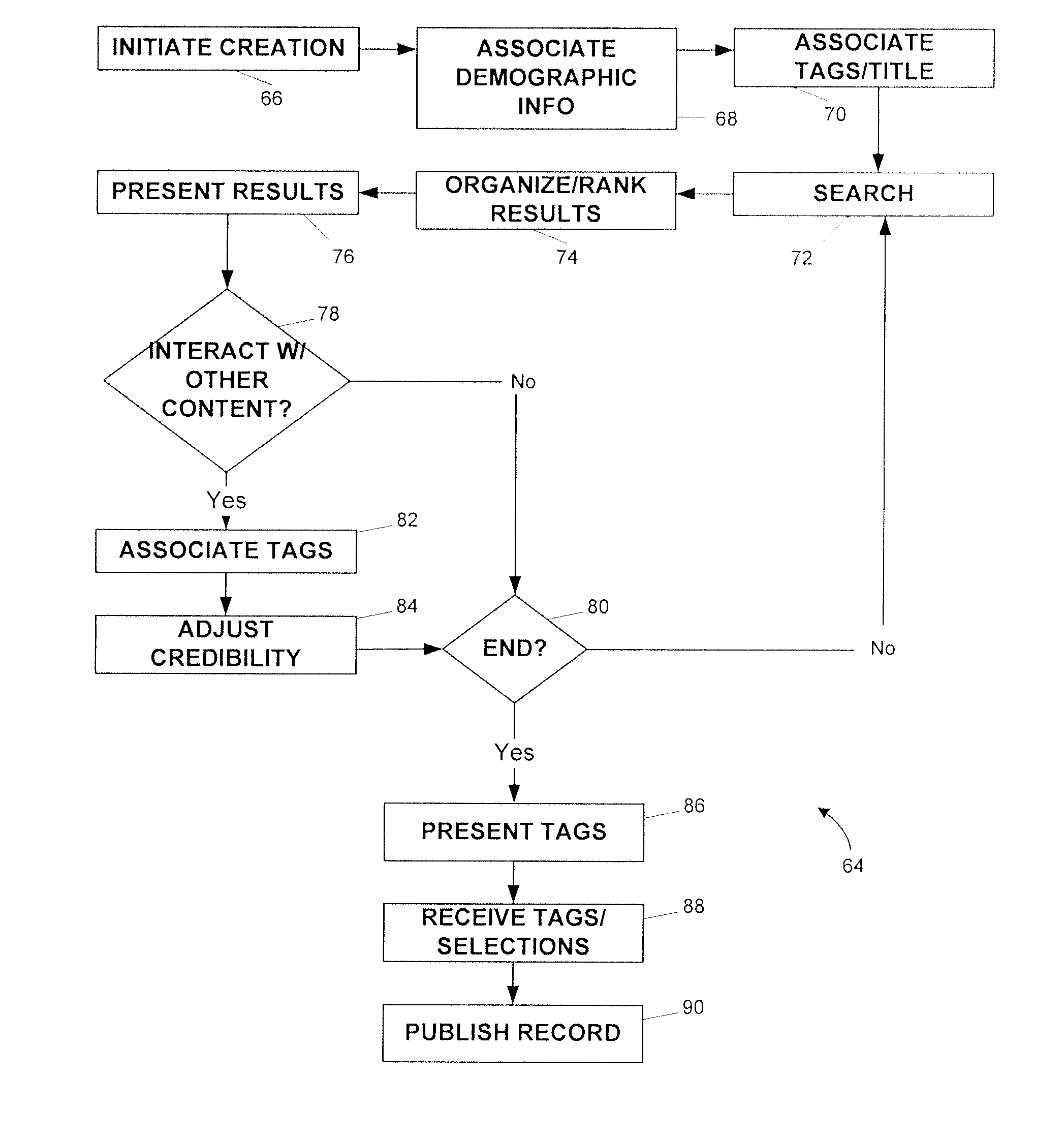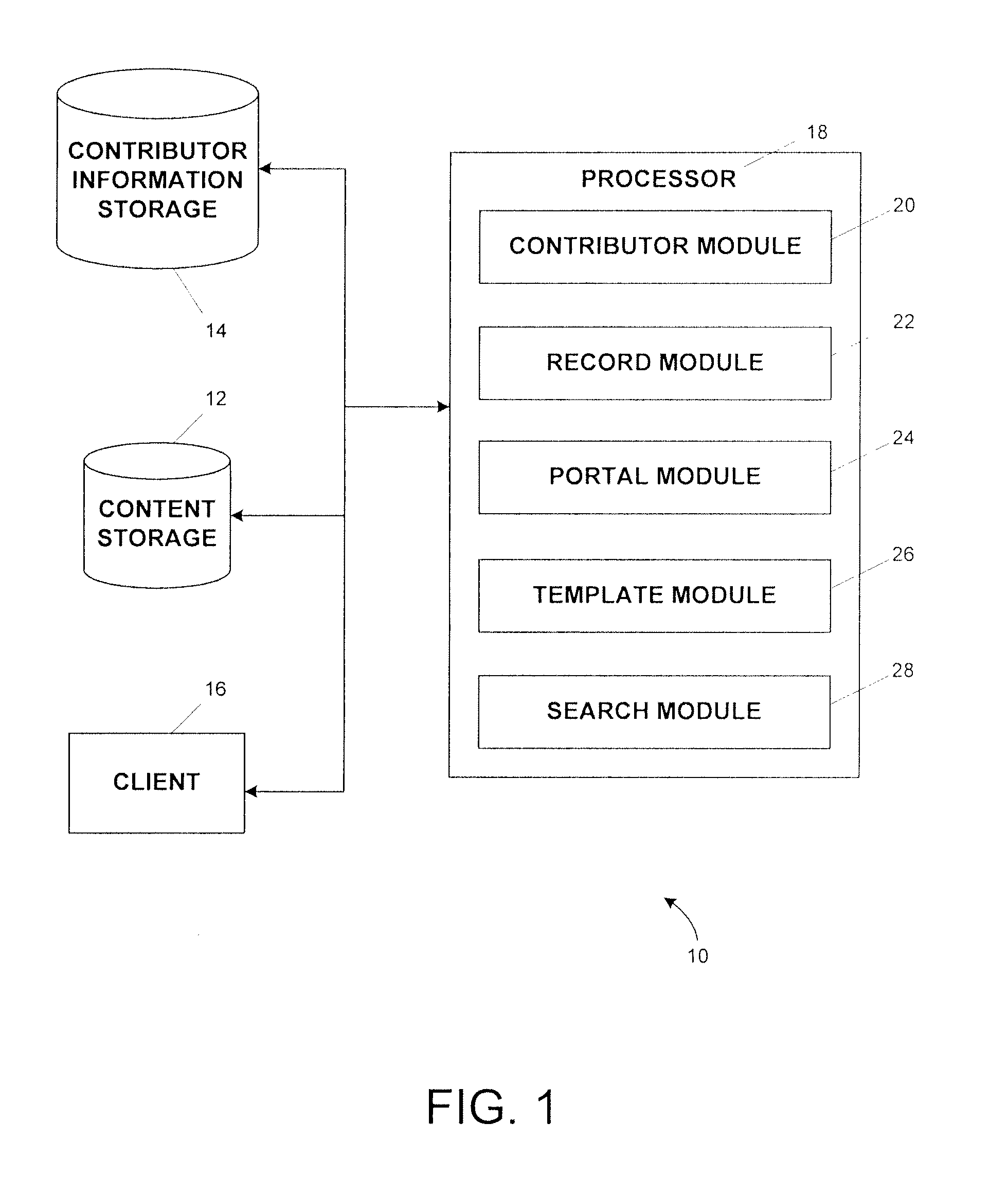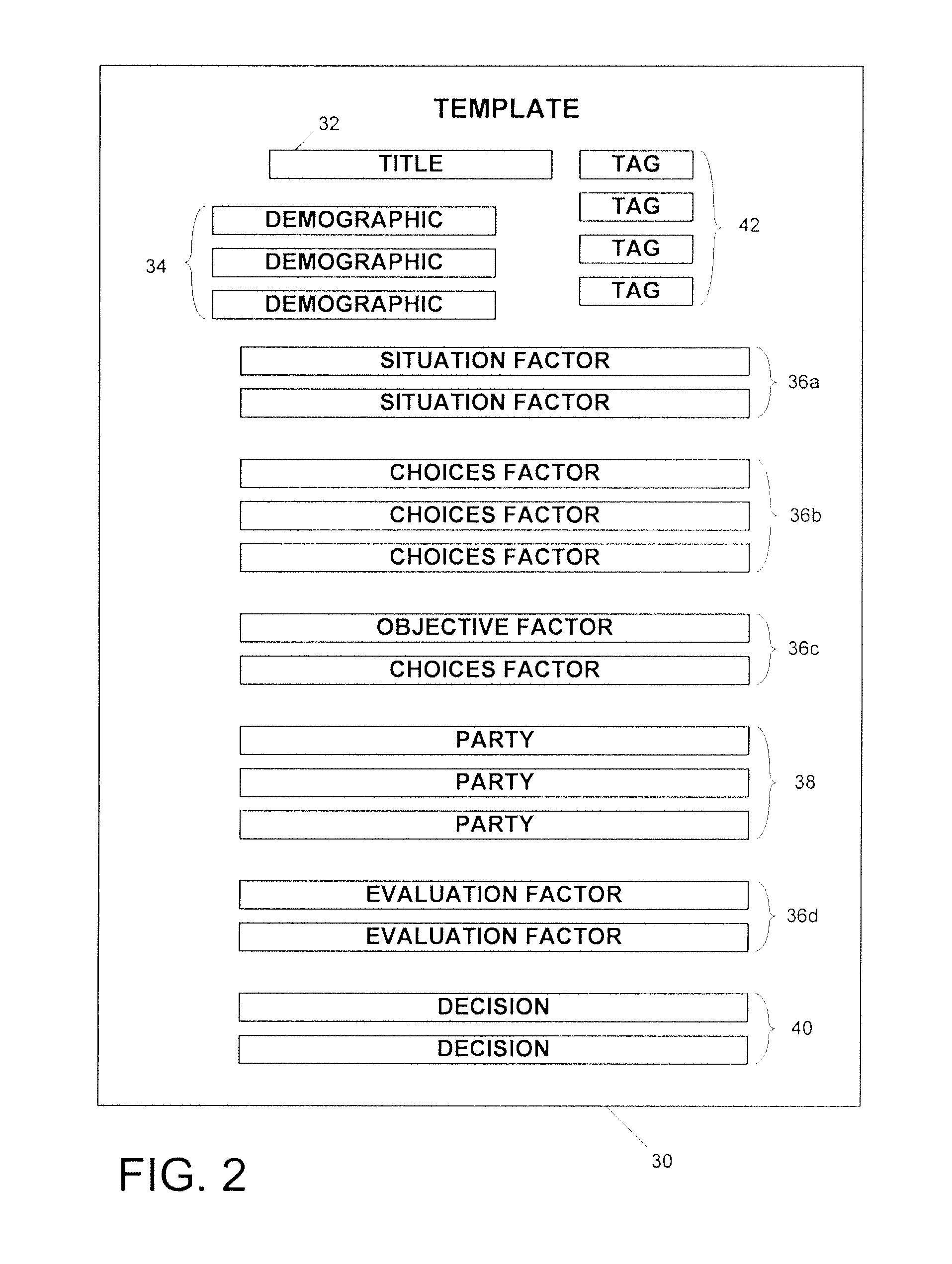System and method for organizing and managing content to facilitate decision-making
- Summary
- Abstract
- Description
- Claims
- Application Information
AI Technical Summary
Benefits of technology
Problems solved by technology
Method used
Image
Examples
Embodiment Construction
[0021]FIG. 1 illustrates a system 10 configured to organize content. In some embodiments, system 10 may constitute a decision tool that provides a user with a decision template that enables the user to create a decision record that organizes aspects of a decision that the user considered, the user's reasoning with respect to these aspects in arriving at an ultimate outcome, and / or other information related to the decision. The decision template may include one or more fields into which the user may enter content manually, or the user may search for, and import content related to the decision into the template from, one or more content sources that include relevant content. In some instances, system 10 may manage and organize a plurality of decision records associated with a plurality of users. System 10 may organize the decision records into topical decision portals based on tags associated with the individual decision records. The tags may further be leveraged to enable users to se...
PUM
 Login to View More
Login to View More Abstract
Description
Claims
Application Information
 Login to View More
Login to View More - R&D
- Intellectual Property
- Life Sciences
- Materials
- Tech Scout
- Unparalleled Data Quality
- Higher Quality Content
- 60% Fewer Hallucinations
Browse by: Latest US Patents, China's latest patents, Technical Efficacy Thesaurus, Application Domain, Technology Topic, Popular Technical Reports.
© 2025 PatSnap. All rights reserved.Legal|Privacy policy|Modern Slavery Act Transparency Statement|Sitemap|About US| Contact US: help@patsnap.com



